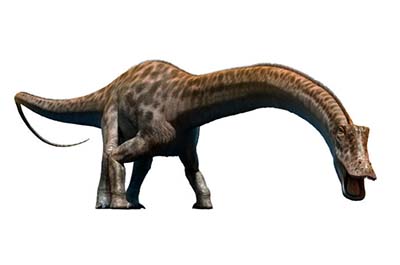Fossil Boot Camp Program
Bringing Paleontology into the Classroom
Is it an ammonite, a trilobite, or a crinoid? Does it still live today or is it extinct? Was it marine or terrestrial? Did it live in the Cenozoic, Mesozoic or Paleozoic?
Over 120 people in Cañon City should be able to answer these questions after taking Fremont County Stones ‘n Bones’ Fossil Boot Camp class presented to 4th and 7th grade classes, as well as the adult mini-college. Students are able to touch, magnify, and locate anatomical parts on 18 different fossils in their individual fossil kits, and study 10 larger
specimens in their fossil lockers, with the guidance of 9 local volunteers and a Power Point.
Students learn about suture lines on ammonites, indicative of whether the animal was primitive or advanced. Gasps of delight from all ages fill the room when people discover the teeny holes of the bryozoa at 1/50th of an inch, and many are stunned to learn of the sophisticated eyesight of trilobites. Boys tend to lick the coprolites and girls usually won’t touch them, but both learn that coprolites contain tremendous amounts of information about the animal’s lifestyle.
We stress that preservation of these rare and delicate fossils requires stewardship and understanding of what is legal and not legal to collect, and that specimens collected should be labeled and taken care of. All students receive a fossil to identify, take home and care for.
Asked why are fossils are important, students responded that without fossils, we wouldn’t have a clue that dinosaurs existed, and that fossils help us understand that where we live today was once under water, the concept of which shocks many.
Either as a prelude or follow-up to our Boot Camp, we also offer talks on Dinosaur/Fossil Diggers (Dan Grenard), Comparative Anatomy of modern and fossil skulls and bones (Cindy Smith), our Long Neck, Long Tail presentation, and a walk to the Royal Gorge Museum to view Jurassic fossils (Harold Taylor and Dan Grenard).
FCSnB has developed the fossil box program to tie in with Colorado curriculum standards. We hope to include field trips in the future. Younger students in Pueblo and Cañon City are treated to scaled down versions of Boot Camp, and Millie Wintz offers various fossil information at the local farmers market. To keep ourselves on our toes, we conduct training sessions, where each member chooses a subject to present to the group, ranging from individual types of fossils to the major extinctions and Colorado’s position on the globe during paleo times.
It has taken a village to create these fossil boxes. We thank DMNS, Tom Nolan, Shellie Luallin, the Royal Gorge BLM, and others for donating excellent fossils to our cause, including the Delaware Mineralogical Society for sending some state belemnites.
More Articles from “Stones ‘n’ Bones Programs”
The1992 Stegosaurus Airlift
In early June of 1992 Bryan Small with the Denver Museum of Nature and Science was looking for fossils in the Garden Park Fossil Area when he found a neck bone of a Stegosaurus.
Dall DeWeese and the Diplodocus
Dall DeWeese first became familiar with dinosaur excavation in the late 1880’s. He was interested in the outdoors and in 1915 he found dinosaur bones.
Marsh Felch Dinosaur Quarry
Contact Dan Grenard at [email protected] to schedule this program. The program requires a screen and projector. Dan provides powerpoint and other materials.
Fossil Boot Camp Program
FCSnB has developed the fossil box program to tie in with Colorado curriculum standards. We hope to include field trips in the future. Younger students in Pueblo and Cañon City are treated to scaled down versions of Boot Camp
Dino Digger Tools
This is a powerpoint type presentation with some supportive hands on materials and is geared toward the 4th or 5th grade level utilizing document camera type equipment available in most Fremont County classrooms.
Bones & Beasts
This presentation geared for 4th graders will use modern skulls and bones to help us understand fossil bones. A wide range of modern skulls and bones will provide a basic understanding
Long Necks – Long Tails
This program is under the direction of Dr. Mildred Wintz and it is both fun and very lively. Dan Grenard, Mary Chamberlain, and Cindy Smith may assist with this presentation.







